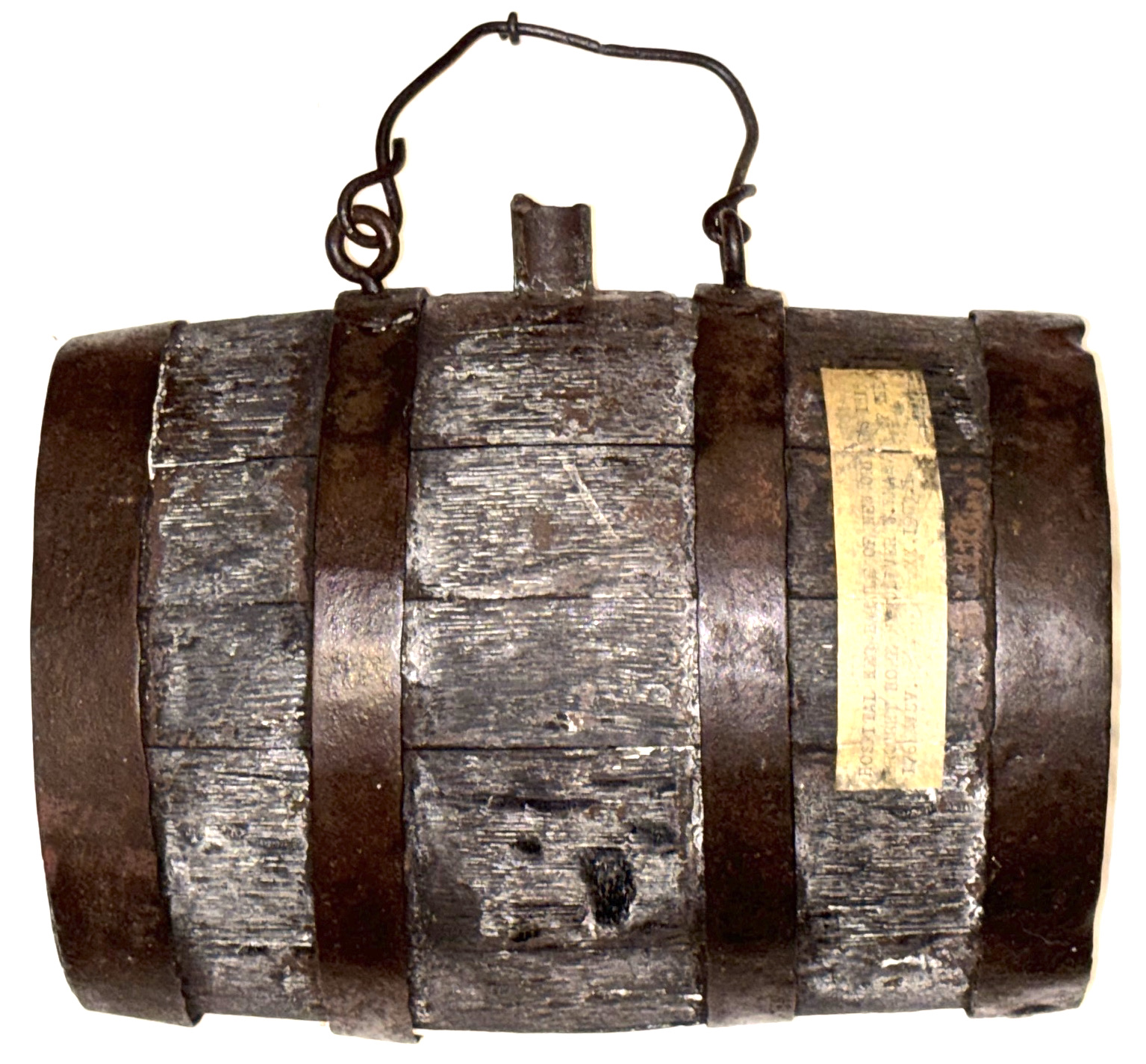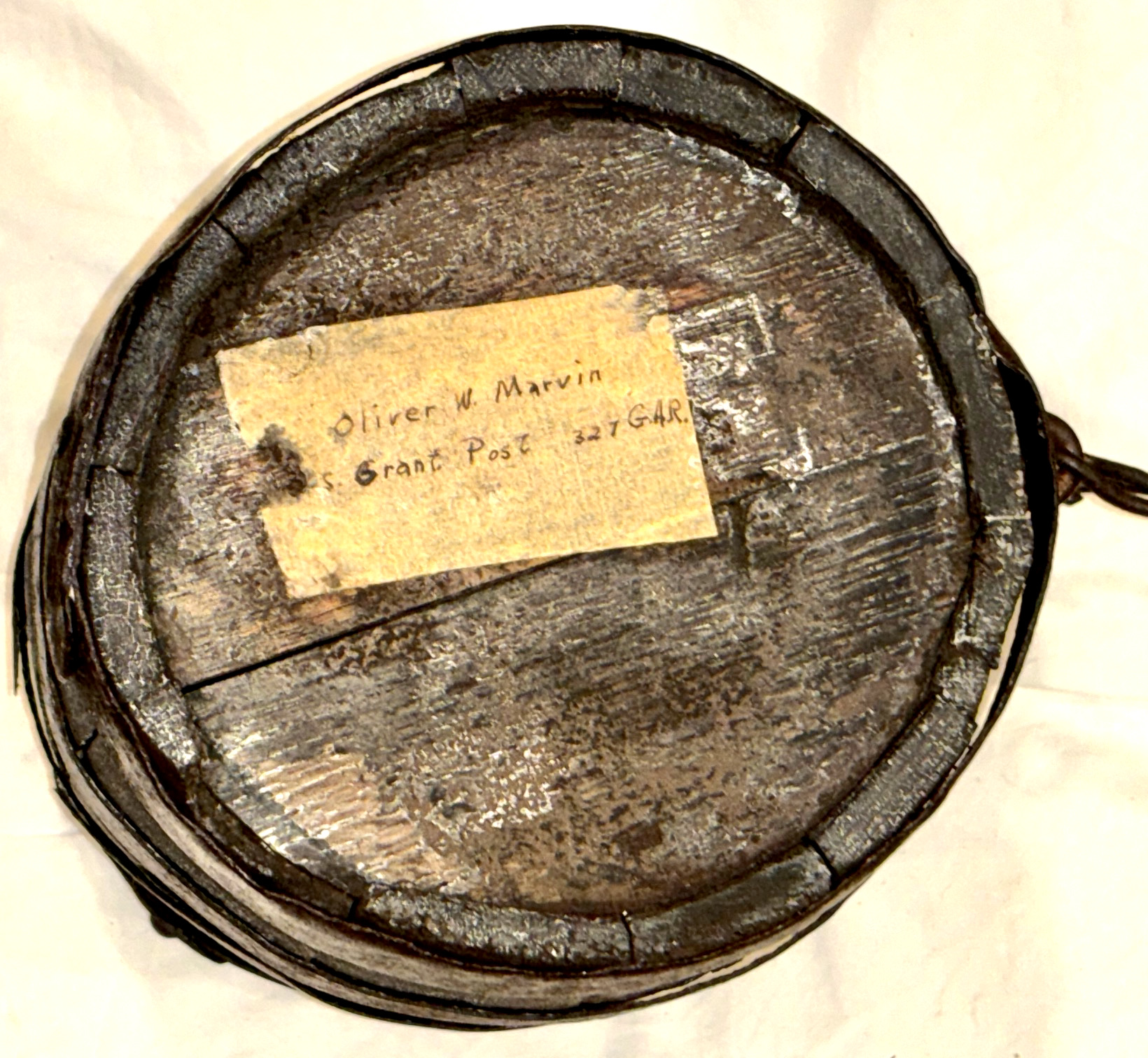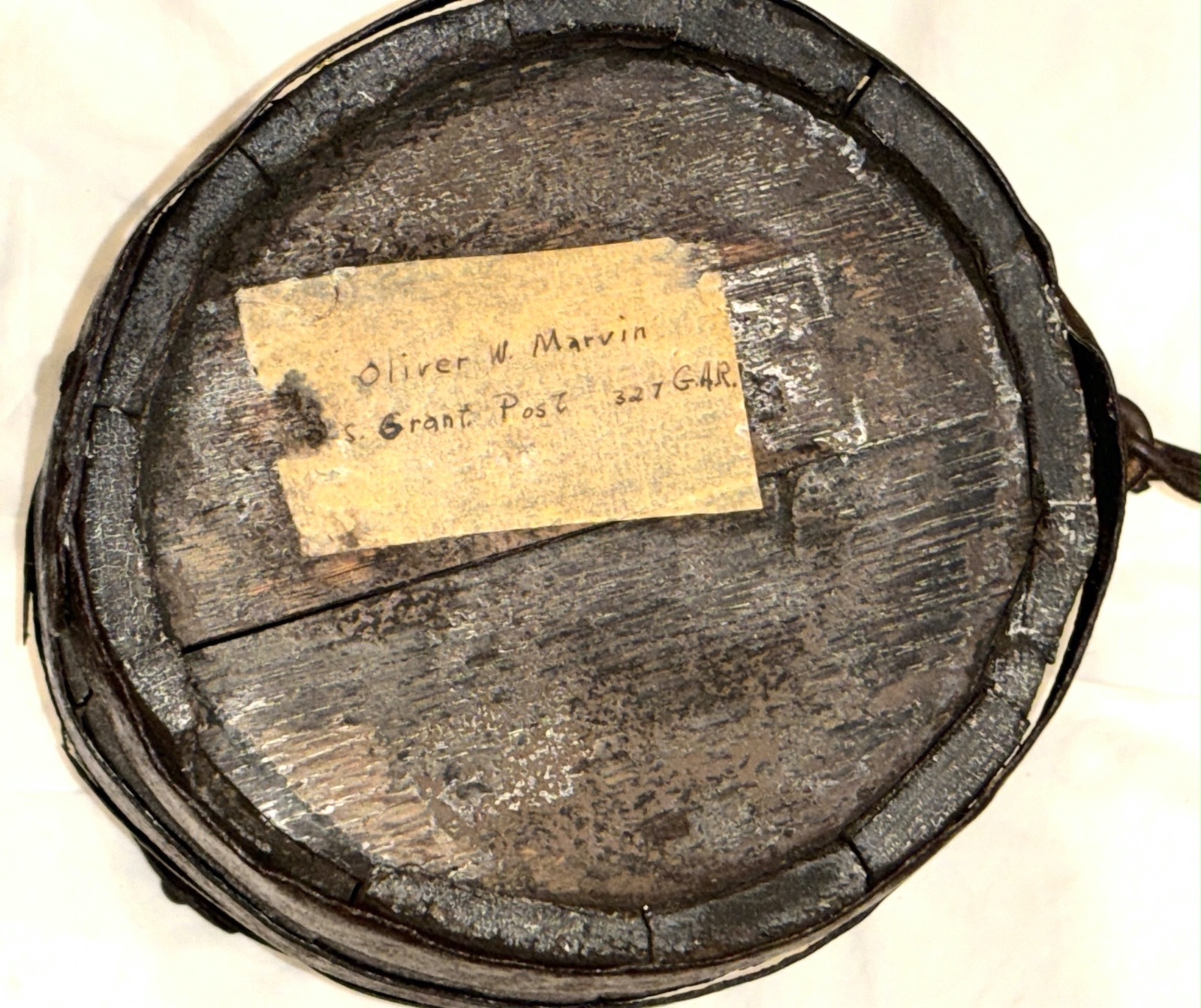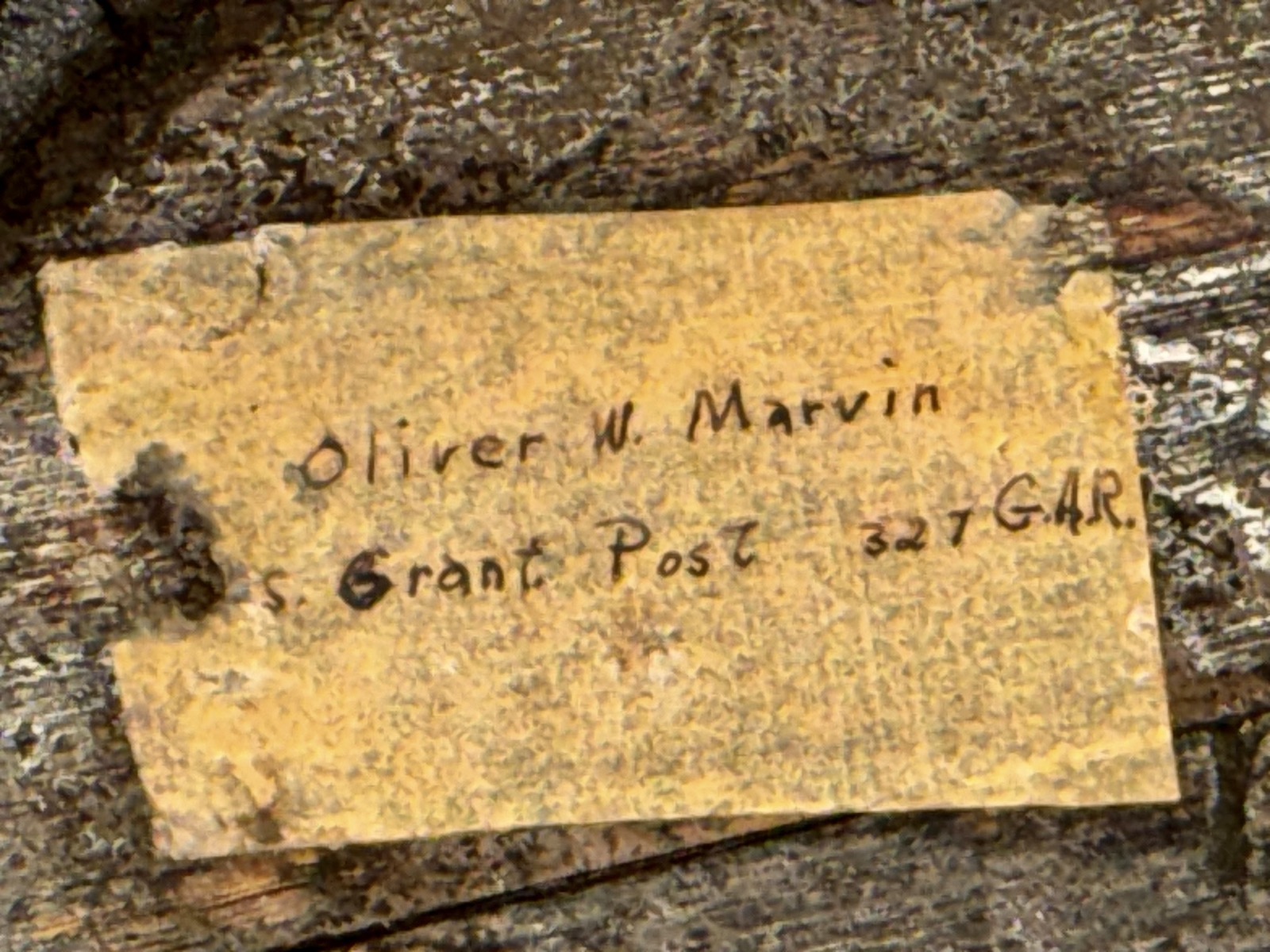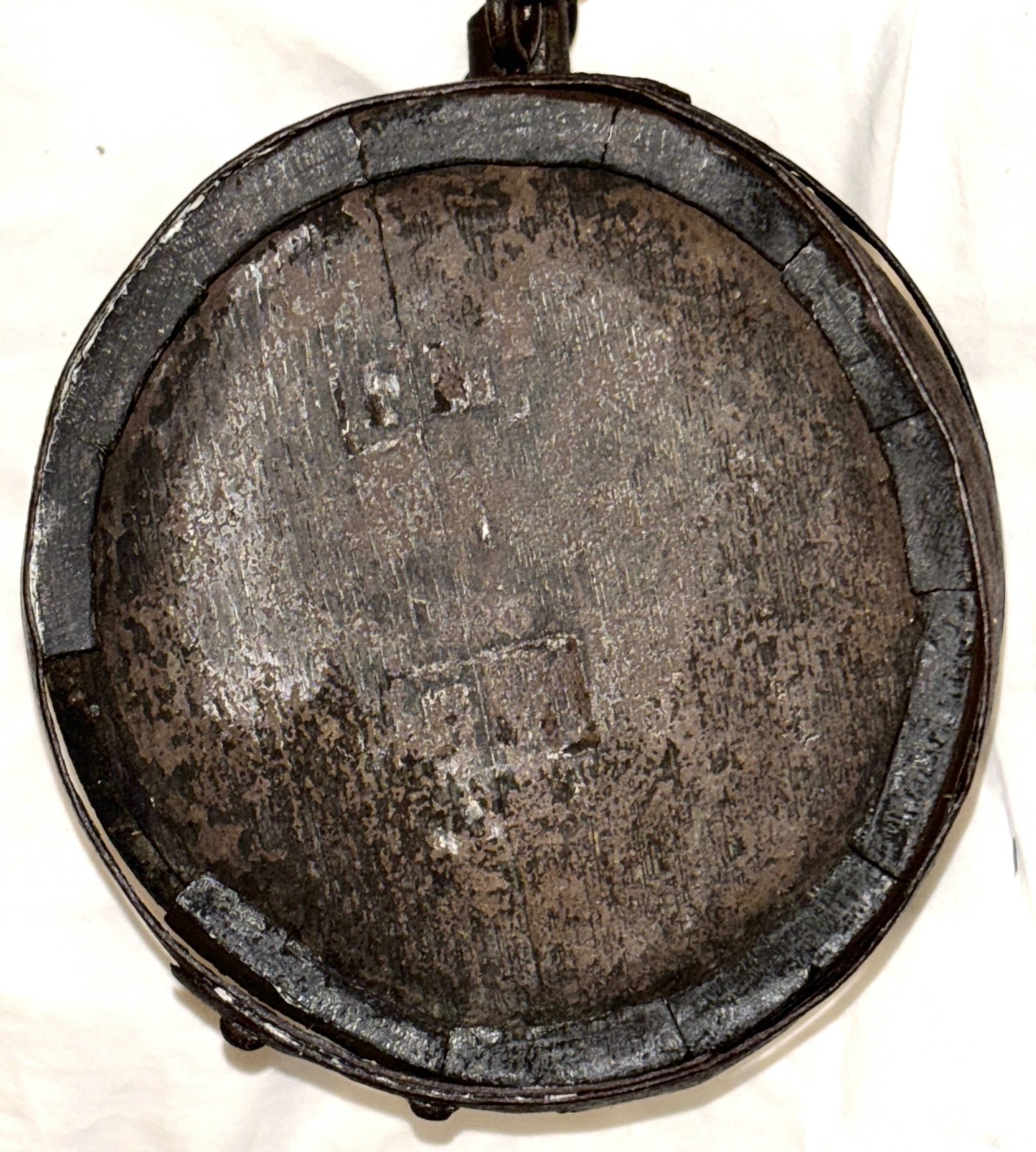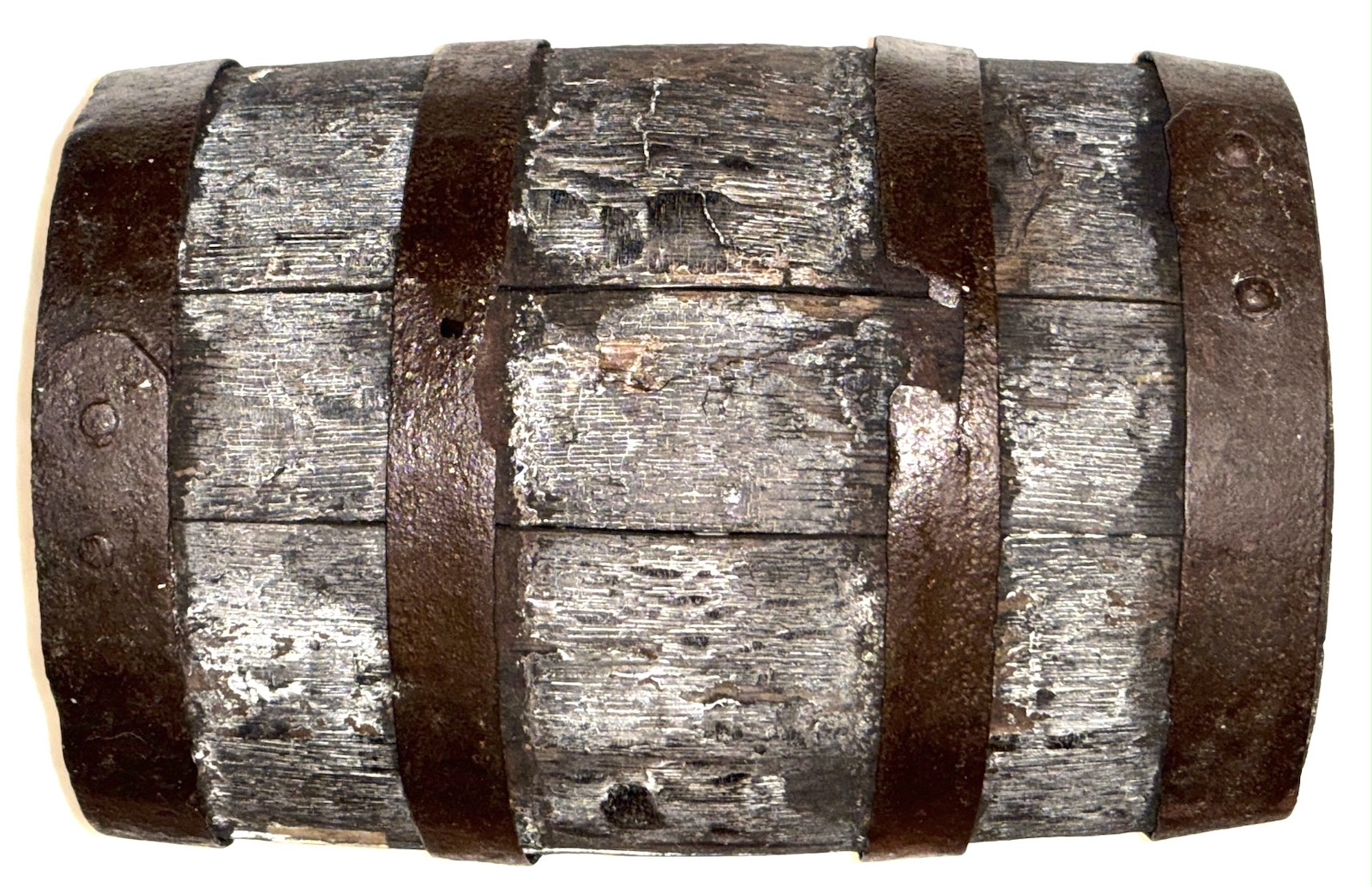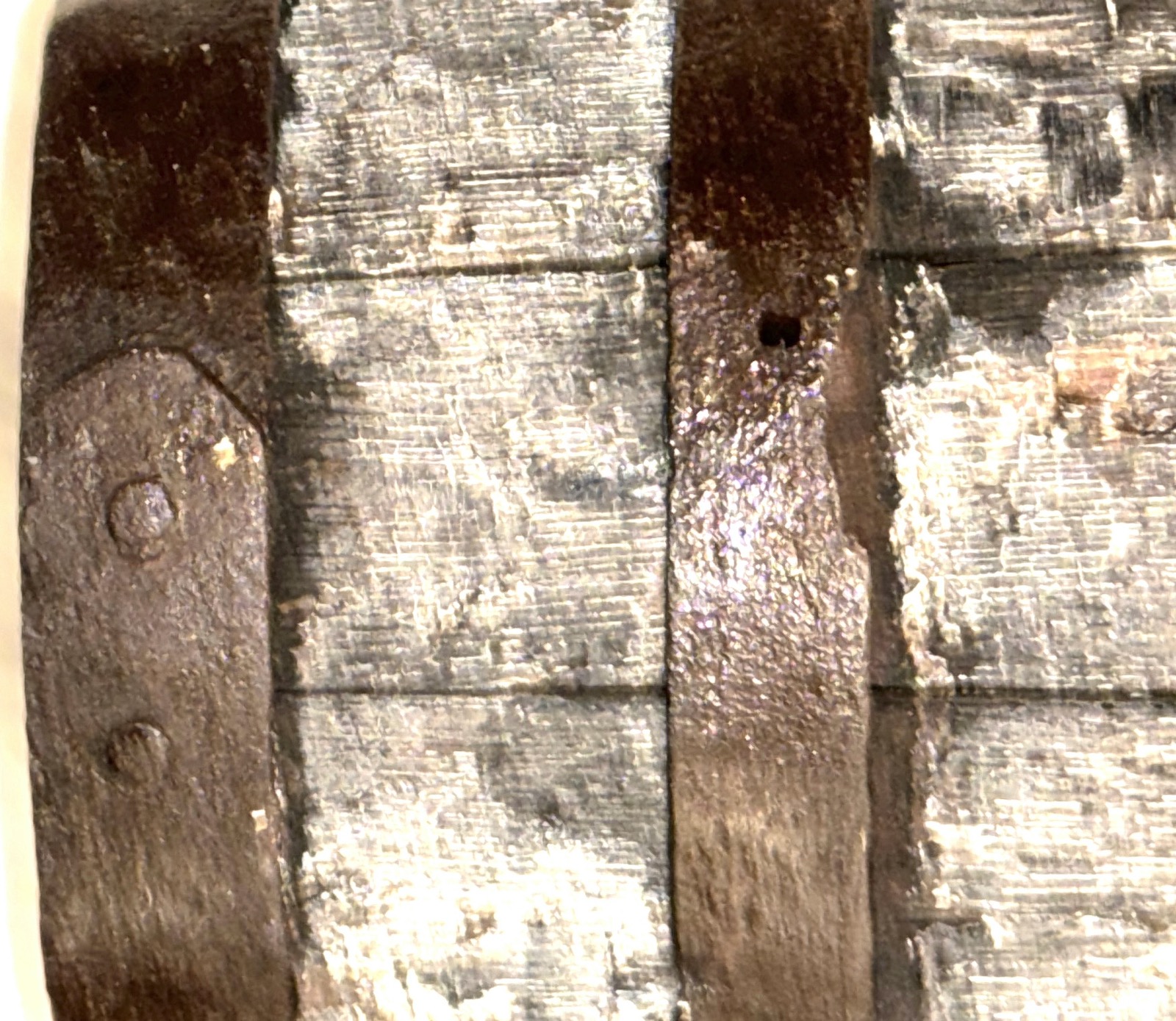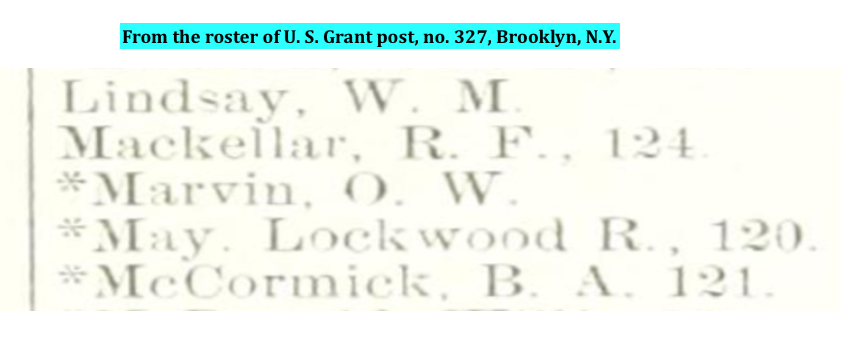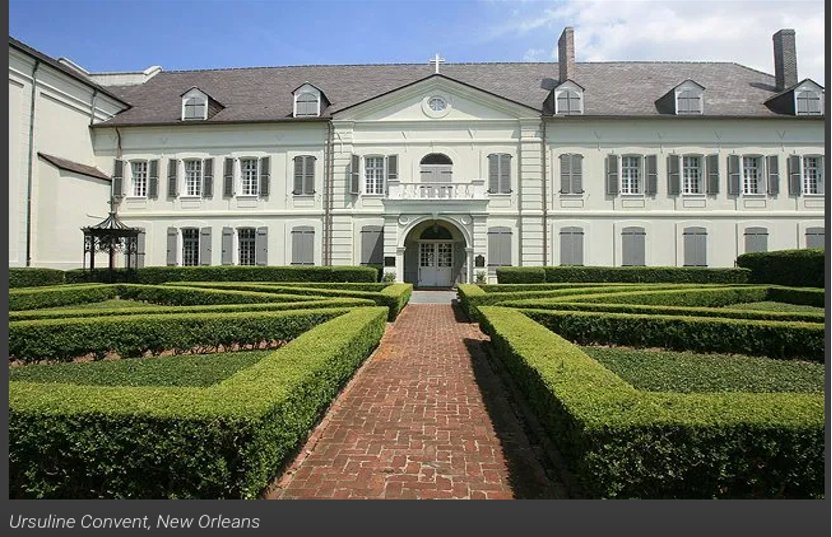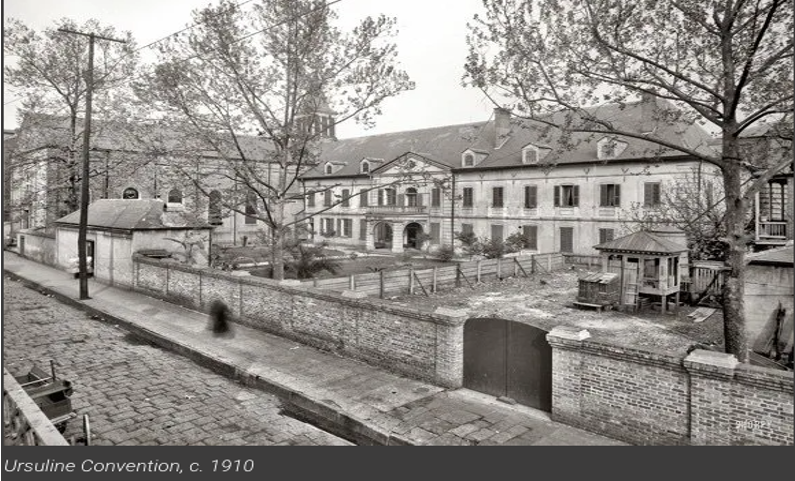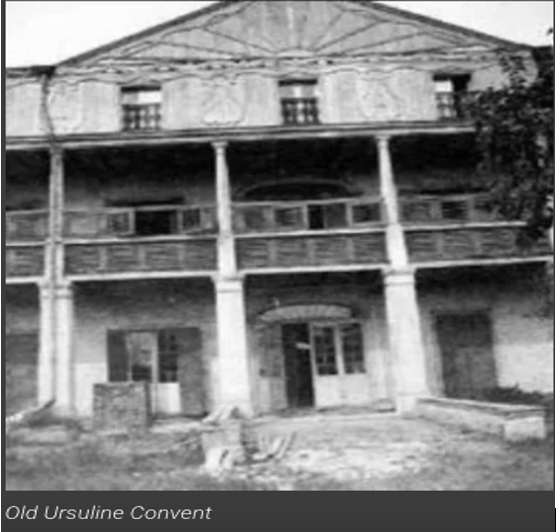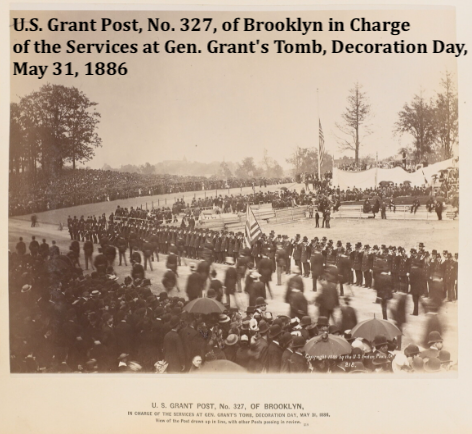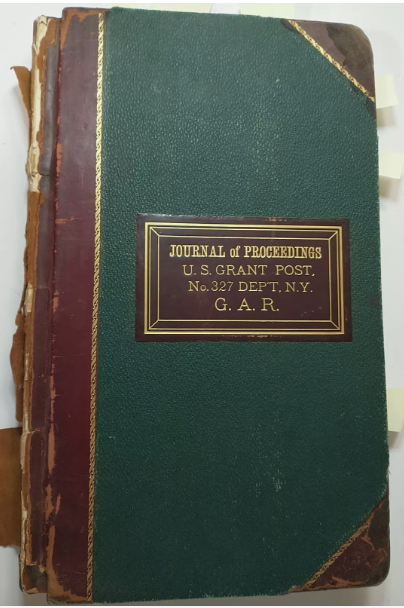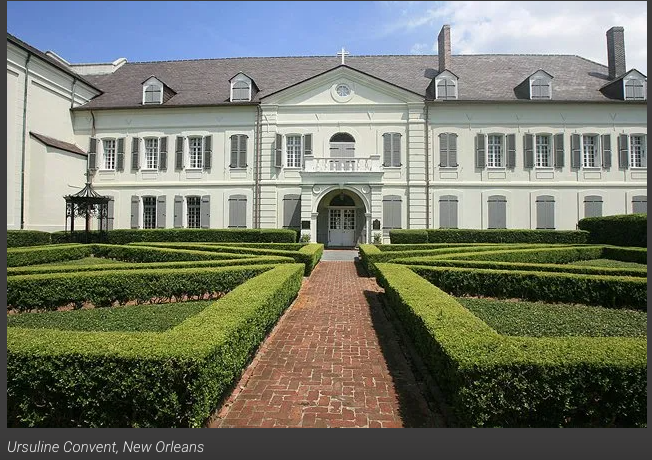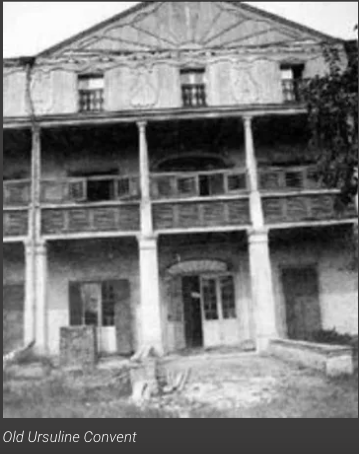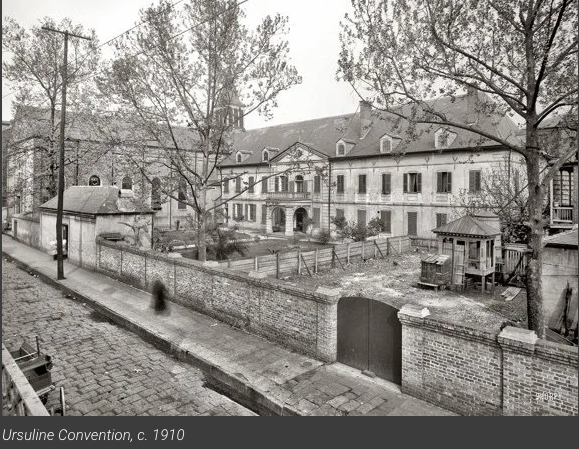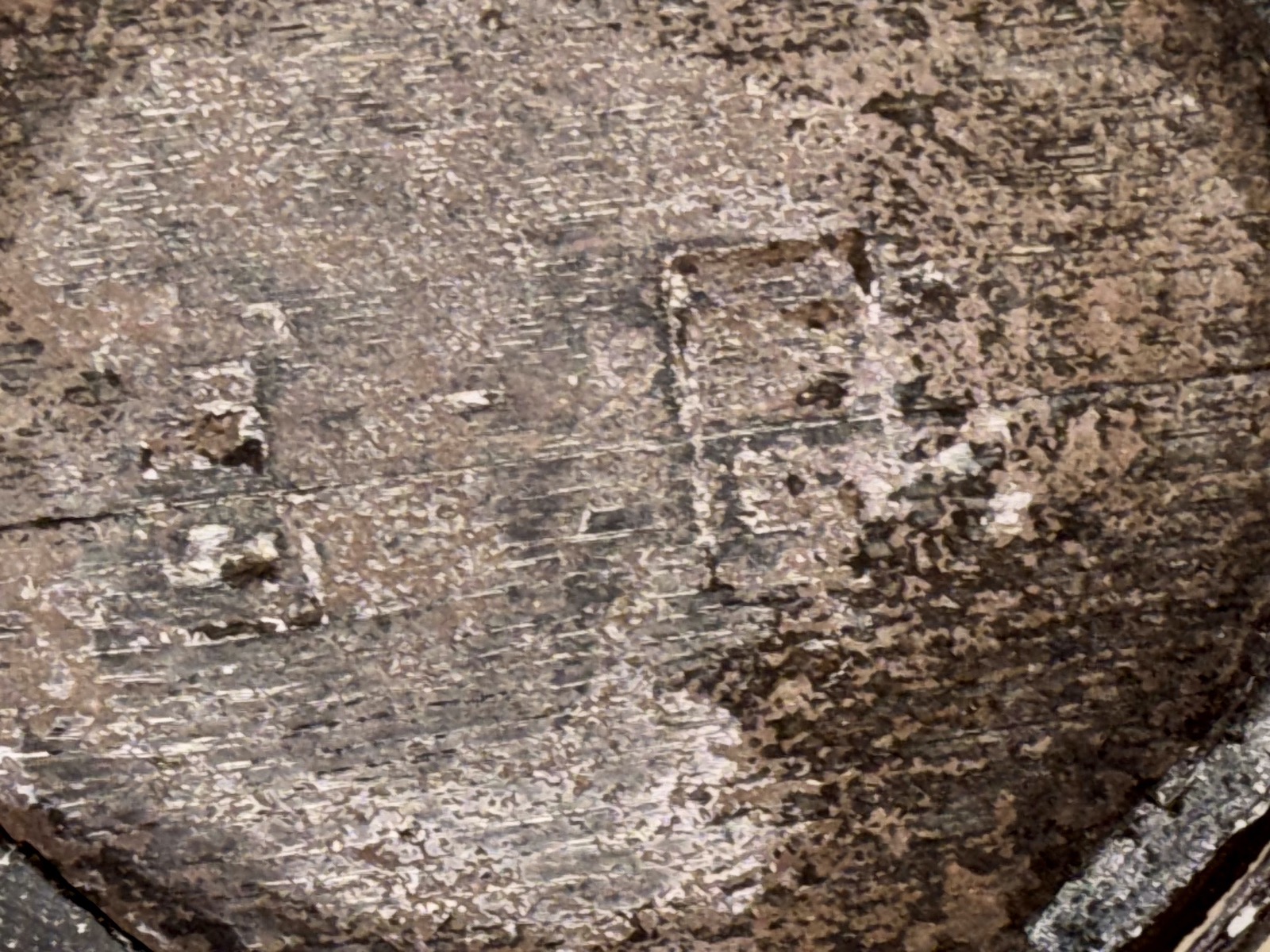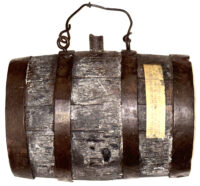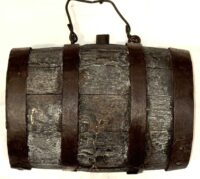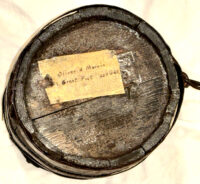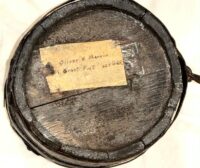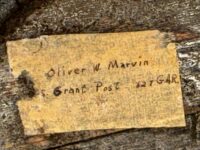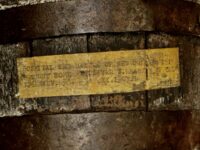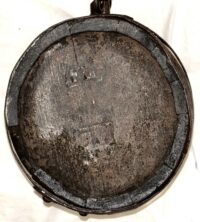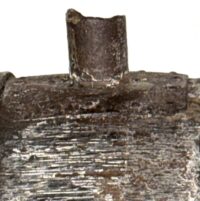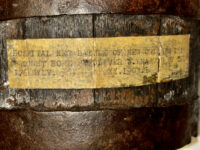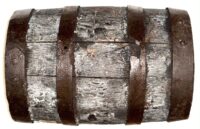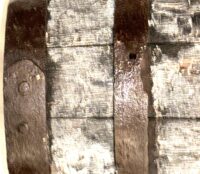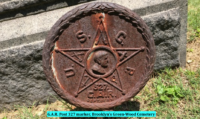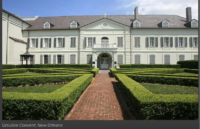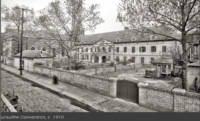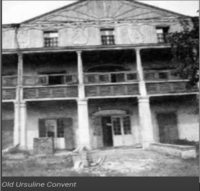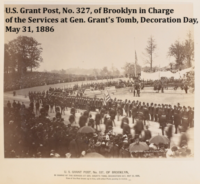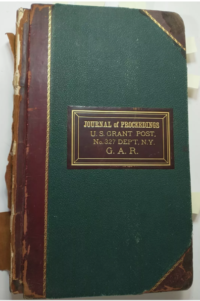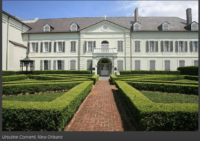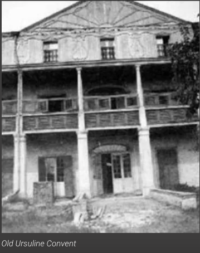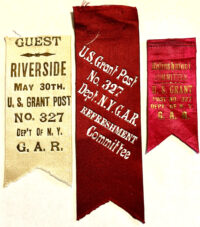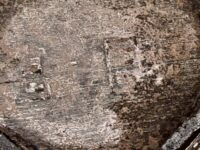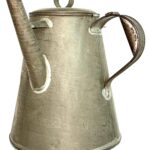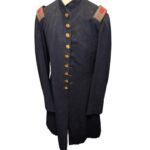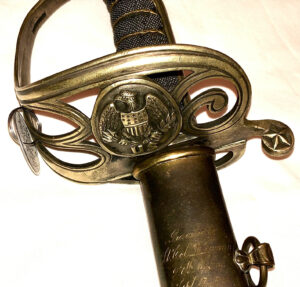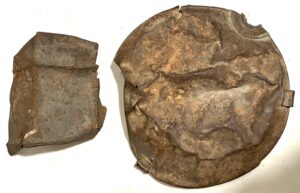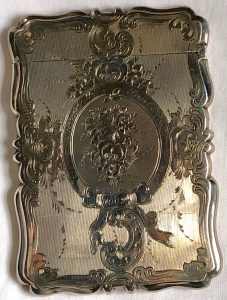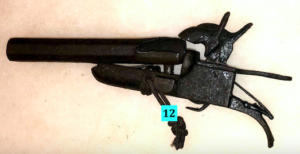War of 1812 Hospital Keg Style Canteen Picked Up in New Orleans during the Civil War by Oliver W. Marvin Co. I 176th NY Infantry
$1,100
War of 1812 Hospital Keg Style Canteen Picked Up in New Orleans during the Civil War by Oliver W. Marvin Co. I 176th NY Infantry – This early keg provides a unique window into two wars that encompassed the United States – the War of 1812 and the Civil War. This somewhat diminutive keg is constructed of oak staves, held together with wrought iron straps which are riveted together. On the side of the keg is a crudely formed, canteen mouthpiece of sheet iron which is inserted into a square, sheet iron plate which is, in turn, attached to the body of the keg via small tacks. Affixed to two of the iron retaining straps, on another side of the keg, are two eyehooks, through which a length of heavy gauge, iron wire is threaded to act as a crude carrying device. On the side of the keg is an old, typed label that reads:
“HOSPITAL KEG BATTLE OF NEW ORLEANS 1815
BROUGHT HOME BY OLIVER W. MARVIN OF THE
176 NYSV XX 1903”
Attached to one end of the keg, on an old piece of paper, is a handwritten inscription that reads:
“Oliver W. Marvin
U.S. Grant Post 327 G.A.R.”
The Civil War soldier who’s name appears on the keg was Oliver W. Marvin who initially enlisted in November, 1862 in 52nd NY National Guard, but, shortly thereafter, transferred into Co.I of the 176th NY Infantry. Marvin was with his regiment in New Orleans as part of the Army of the Gulf in the defense of the city in early 1863, when he was promoted to the rank of Corporal; he was recorded as a POW in the end of June, 1863, having been captured at Bayou Boeuf, Louisiana; he was paroled on August 17, 1863 and returned to his regiment Apparently during his tenure in the New Orleans area, Marvin visited the Convent of the Ursuline Nuns; the nuns in residence, in 1815, established a hospital, at the Convent, after the Battle of New Orleans. It appears that Corporal Marvin took this keg, as a souvenir, from the convent, bringing it to his GAR post, after the war. We will include with the purchase of this keg / canteen three GAR Post 327 ribbons from the early 20th century. The keg / canteen remains in overall very good condition.
Corporal Marvin would muster out of service in late 1863. After the war, Marvin became a member of the U.S. Grant GAR Post 327 of Brooklyn, NY. This post, one of the most active GAR posts, included men from such regiments as the 14th Brooklyn that fought at Antietam, Gettysburg, and elsewhere. Post 327 also included many men who had served under Grant and Meade in the Overland Campaign and Siege of Petersburg. These veterans marched and spoke regularly at Decoration Day commemorations, Fourth of July picnics, and other events, sometimes with Grant in attendance. On the morning of July 24, 1885, the day after General Grant died, post representatives told Frederick Dent Grant that the post was changing its name to the U.S. Grant Post 327, in tribute to their former commander. They also agreed to provide an escort, from Mount McGregor, where Grant had succumbed, for the General as he made his way to his final resting place in Manhattan. Men of the U.S. Grant Post 327 participated in General Grant‘s funeral in 1885 and again at the dedication of the Tomb in 1897.
Measurements: L – 9”; Diameter (at each end) – 6.25”
Oliver W. Marvin
| Residence was not listed; 21 years old.
Enlisted on 11/8/1862 at Brooklyn, NY as a Private. On 11/8/1862 he mustered into NY 52nd Nat’l Guard He was transferred out on 12/15/1862 On 12/15/1862 he transferred into “I” Co. NY 176th Infantry He was Mustered Out on 11/16/1863 at New York, NY He was listed as: * POW 6/24/1863 Bayou Boeuf, LA (Paroled) * Returned 8/17/1863 (place not stated) Promotions: * Corpl 2/28/1863 |
176th NY Infantry
( 3-years )
| Organized: New York City, NY on 12/22/62 Mustered Out: 4/27/66 at Savannah, GAOfficers Killed or Mortally Wounded: 2 Officers Died of Disease, Accidents, etc.: 2 Enlisted Men Killed or Mortally Wounded: 30 Enlisted Men Died of Disease, Accidents, etc.: 146 (Source: Fox, Regimental Losses) |
| From | To | Brigade | Division | Corps | Army | Comment |
| Jan ’63 | Feb ’64 | Defenses of New Orleans | Army and Dept of the Gulf | New Organization | ||
| Feb ’64 | Feb ’64 | 1 | 2 | 19 | Army and Dept of the Gulf | |
| Jun ’64 | Jul ’64 | 3 | 2 | 19 | Army and Dept of the Gulf | |
| Aug ’64 | Jan ’65 | 3 | 2 | 19 | Army of the Shenandoah | |
| Jan ’65 | Mar ’65 | 3 | Grover’s | Dist of Savannah | Department of the South | |
| Mar ’65 | Apr ’65 | 3 | 1 | 10 | Department of North Carolina |
NEW YORK
ONE HUNDRED AND SEVENTY-SIXTH INFANTRY
(Three Years)
| One Hundred and Seventy-sixth Infantry.-Cols., Charles C. Nott,
Ambrose Stevens, Charles Lewis; Lieut.-Cols., A. J. H. Duganne, Charles Lewis, William W. Badger; Majs., Morgan Morgan, Jr., Charles Lewis, James Entwistle. The 176th, the “Ironsides,” was recruited from the state at large and was originally intended to be a three years organization. Col. Charles Gould was authorized on Sept. 4, 1862, to recruit the Ironsides in the first seven senatorial districts of the state for three years’ service. Neither he, nor his successor, Col. Mark Hoyt, succeeded in this and the regiment was finally organized in December at Brooklyn by filling it up with recruits enlisted for nine months. The first nine companies were mustered into the U. S. service from Nov. 20 to Dec. 22, 1862, and Co. K was mustered in on Jan. 10, 1863. After the discharge of the nine months men, Nov. 16, 1863, the organization was recruited to the normal standard by the addition of drafted men, substitutes and volunteers enlisted for three years. The regiment was organized under the direction of the Young Men’s Christian Association of New York city. It left the state under command of Col. Nott on Jan. 11, 1863, and embarked on transports for New Orleans. On its arrival it was stationed in the defenses of New Orleans for several weeks and was attached to Augur’s division of the 19th corps, when that corps was organized. It formed part of the garrison of New Orleans during the siege of Port Hudson, and took an active part in repelling the advance of the enemy under Gen. Taylor. During June, 1863, detachments of the regiment participated in the skirmishes at Pattersonville, La Fourche crossing, Thibodeaux, Fort Buchanan, Bayou Boeuff and Brashier City. In the action at La Fourche crossing, the regiment was commanded by Maj. Morgan and behaved most gallantly, in the actions at Fort Buchanan, on the Atchafalaya, and at Brashear City, the regiment met with serious disaster, over 400 men being captured. This disaster was not due to lack of bravery on the part of the men. There was no one in command, but the men fought with all the bravery that could be expected. The loss of the regiment in the above actions amounted to 464 killed, wounded and captured or missing. In the spring of 1864, attached to the 3d brigade, Grover’s division, 19th corps, it took part in Banks’ Red River campaign, being engaged at Mansura and Simsport. In July it returned to Virginia with the first two divisions of the 19th corps and took an active part in Sheridan’s brilliant campaign in the Shenandoah Valley against Gen. Early, including the battles of Berryville, the Opequan Fisher’s hill, and Cedar creek. Its loss at the Opequan was 47 killed, wounded and missing, and at Cedar creek, 53. In the assault on Fisher’s hill it captured 4 guns from the enemy. It remained in the valley until Jan., 1865, when it was ordered to Savannah, Ga., with Grover’s division. In March it was ordered with the division, now commanded by Gen. Birge, to North Carolina, where it was temporarily attached to the 10th corps and took part in the final campaign of the Carolinas, ending with the surrender of Gen. Johnston at Bennett’s house. Soon after this it returned to Georgia and was finally mustered out at Savannah on April 27, 1866. The regiment lost during service 2 officers and 31 men killed and mortally wounded; 4 officers and 177 men died of wounds and other causes-total deaths, 181, of whom 1 officer and 17 men died in the hands of the enemy. |
176th Infantry Regiment
Nickname: Ironsides
Mustered in: December 22, 1862
Mustered out: April 27, 1866
The following is taken from New York in the War of the Rebellion, 3rd ed. Frederick Phisterer. Albany: J. B. Lyon Company, 1912.
September 4, 1862, Col. Charles Gould received authority to recruit the Ironsides in the then first seven Senatorial Districts of the State for a service of three years; he was succeeded by Col. Mark Hoyt. The S2d Regiment of the National Guard of the State, Col. M. W. Cole, was accepted for a service of nine months October 11, 1862. November 28, 1862, Colonel Hoyt received authority to accept men for a service of nine months; and his regiment was finally organized about December 15, 1862, at Brooklyn, by transferring to it the men enlisted for Colonel Cole’s regiment, and the 166th Infantry, both of these organizations indicating no prospect of speedy completion. December 22, 1862, Colonel Hoyt’s regiment, completed as above, received the designation I76th Infantry, and was mustered in the service of the United States on the same day at New York city, except Company K, which was not mustered in until January 10, 1863. The nine months’ men of the regiment were discharged November 16, 1863, and subsequently, and February 6, 1864, all not yet discharged were ordered to be discharged; the regiment was later filled with drafted men, substitutes and volunteers, enlisted for three years.
The companies were recruited principally: A at Hamilton, Madison, Brookfield, Canastota, for nine months; B at New York city, Brooklyn, Sherburne, for nine months and three years; C at New York city, Warwick, Blooming Grove, Oyster Bay, Wallkill, Milan and Buffalo for nine months; D at New York city, Brooklyn, Oyster Bay, Sing Sing, Monroe and Chester for nine months and three years; E at New York city, Wallkill, Whitehall, White Creek and Milton for nine months and three years; F at Eaton, Nelson, Georgetown and Stockbridge for nine months; G at New York city, Otsego, Pelham, Southampton, Wallkill, New Lisbon, Buffalo and Cooperstown for nine months and three years; H at Syracuse and Buffalo for nine months; I and K (of the S2d National Guard), at Brooklyn for nine months.
The regiment left the State January 11, 1863; it served in the defenses of New Orleans, La., from February, 1863; in the 2d Brigade, 1st Division, 19th Corps, from March, 1863; in the 1st Brigade, 1st Division, 19th Corps, from April, 1863; in the defenses of New Orleans, La., from May, 1863; in the Provisional Brigade, 2d Division, 19th Corps, from January, 1864; in the 1st Brigade, 2d Division, 19th Corps, from March, 1864; in the 3d Brigade, 2d Division, 19th Corps, from June, 1864; in the 3d Brigade, 1st Division, 10th Corps, from April, 1865; in the Department of the South and Georgia, from June and July, 1865, respectively; and, commanded by Lieut.-Col. Charles Lewis, it was honorably discharged and mustered out April 27, 1866, at Savannah, Ga.
During its service the regiment lost by death, killed in action, 2 officers, 19 enlisted men; of wounds received in action, 12 enlisted men; of disease and other causes, 4 officers, 146 enlisted men; total, 6 officers, 177 enlisted men; aggregate, 183; of whom 2 officers, 17 enlisted men, died in the hands of the enemy.
176th Regiment, New York Infantry
Overview:
Organized at New York November 20, 1862, to January 10, 1863. Mustered in December 22, 1862. Company “K” mustered in January 10, 1868. Left State for New Orleans, La., January 11, 1863. Attached to Defences of New Orleans, La., Dept. of the Gulf, to February, 1864. 1st Brigade, 2nd Division, 19th Army Corps, Dept. of the Gulf, to June, 1864. 3rd Brigade, 2nd Division, 19th Army Corps, Dept. of the Gulf, to July, 1864, and Army of the Shenandoah, Middle Military Division, to January, 1865. 3rd Brigade, Grover’s Division, District of Savannah, Dept. of the South, to March, 1865. 3rd Brigade, 1st Division, 10th Army Corps, Army of the Ohio, Dept. of North Carolina, to May, 1865. District of Savannah, Ga., Dept. of the South, to July, 1865. Districts of Augusta and Columbus, Ga., Dept. of Georgia, to April, 1866.
Service:
Duty in the District of LaFourche, Defences of New Orleans, La., guarding lines of New Orleans & Opelousas Railroad at Brashear City, LaFourche Crossing, Tigerville, Bonnet Carre, and other points till January, 1864. Actions at Pattersonville June 17 and 19, 1863. LaFourche Crossing June 19-21. Thibodeaux June 20 (Co. “D”). Fort Buchanan and Bayou Boeuf June 23. Brashear City June 23. Ordered to Franklin, La., January 4, 1864, and duty there till April. Red River Campaign April 15-May 22. Moved from Carrollton to Alexandria April 15-18. At Alexandria till May 13. Gov. Moore’s Plantation May 3. Wilson’s Farm May 5. Retreat to Morganza May 13-20. Mansura May 16. At Morganza till July 3. Moved to New Orleans, thence to Fortress Monroe, Va., and Washington, D. C., July 3-29. Sheridan’s Shenandoah Valley Campaign August 7-November 28. Berryville September 8. Battle of Winchester September 19. Fisher’s Hill September 22. Battle of Cedar Creek October 19. At Kernstown and Winchester till January 5, 1865. Moved to Savannah, Ga., January 5-22, and duty there till March. Moved to Wilmington, N. C., March 5, thence to Morehead City March 10, and duty there till April 8. Moved to Goldsboro, N. C., April 8, and duty there till May 2. Moved to Savannah May 2-7. Duty there and the Districts of Augusta, Columbus and Macon, Ga., Dept. of Georgia, till April, 1866. Mustered out at Savannah, Ga., April 27, 1866.
Regiment lost during service 2 Officers and 30 Enlisted men killed and mortally wounded and 2 Officers and 146 Enlisted men by disease. Total 180.
Predecessor unit:
NEW YORK VOLUNTEERS
166th REGIMENT INFANTRY.
176th New York Infantry Regiment
| 176th New York Infantry Regiment | |
| Active | September 4, 1862 – April 27, 1866 |
| Country | United States |
| Allegiance | Union |
| Branch | Infantry |
| Engagements | · Operations in Louisiana
· Battle of LaFourche Crossing · Battle of Thibodeaux (Company D) |
| New York U.S. Volunteer Infantry Regiments 1861-1865 | ||||
|
The 176th New York Infantry Regiment (aka “Ironsides”) was an infantry regiment in the Union Army during the American Civil War.
Service
The 176th New York Infantry was recruited at large New York November 20, 1862 through January 10, 1863 and mustered in December 22, 1862 for three-years service under the command of Colonel Charles C. Nott.
The regiment was attached to Defenses of New Orleans, Louisiana, Department of the Gulf, to February 1864. 1st Brigade, 2nd Division, XIX Corps, Department of the Gulf, to June 1864. 3rd Brigade, 2nd Division, XIX Corps, Department of the Gulf, to July 1864, and Army of the Shenandoah, Middle Military Division, to January 1865. 3rd Brigade, Grover’s Division, District of Savannah, Department of the South, to March 1865. 3rd Brigade, 1st Division, X Corps, Army of the Ohio, Department of North Carolina, to May 1865. District of Savannah, Georgia, Department of the South, to July 1865. Districts of Augusta and Columbus, Georgia, Department of Georgia, to April 1866.
The 176th New York Infantry mustered out at Savannah, Georgia on April 27, 1866.[1]
Detailed service
The regiment left New York for New Orleans, Louisiana, January 11, 1863. Duty in the District of LaFourche, defenses of New Orleans, guarding lines of New Orleans & Opelousas Railroad at Brashear City, LaFourche Crossing, Tigerville, Bonnet Carte, and other points until January 1864. Actions at Pattersonville June 17 and 19, 1863. LaFourche Crossing June 19–21. Thibodeaux June 20 (Company D). Fort Buchanan and Bayou Boeuf June 23. Brashear City June 23. Ordered to Franklin, Louisiana, January 4, 1864, and duty there until April. Red River Campaign April 15-May 22. Moved from Carrollton to Alexandria April 15–18. At Alexandria until May 13. Gov. Moore’s Plantation May 3. Wilson’s Farm May 5. Retreat to Morganza May 13–20. Mansura May 16. At Morganza until July 3. Moved to New Orleans, then to Fort Monroe, Virginia, and Washington, D.C., July 3–29. Sheridan’s Shenandoah Valley Campaign August 7-November 28. Berryville September 8. Battle of Winchester September 19. Fisher’s Hill September 22. Battle of Cedar Creek October 19. At Kernstown and Winchester until January 5, 1865. Moved to Savannah, Georgia, January 5–22, and duty there until March. Moved to Wilmington, North Carolina, March 5, then to Morehead City March 10, and duty there until April 8. Moved to Goldsboro, North Carolina, April 8, and duty there until May 2. Moved to Savannah May 2–7. Duty there and the Districts of Augusta, Columbus, and Macon, Georgia, Department of Georgia, until April 1866.[2]
Casualties
The regiment lost a total of 180 men during service; 2 officers and 30 enlisted men killed or mortally wounded, 2 officers and 146 enlisted men died of disease.
Commanders
- Colonel Charles C. Nott – captured at the Battle of Fort Buchanan; only 156 men escaped capture[3]
- Colonel Ambrose Stevens
- Colonel Charles Lewis
- CaptainCharles Barber – commanded the regiment after the Battle of Fort Buchanan
Louisiana | Jan 8, 1815
The United States achieved its greatest land victory of the War of 1812 at New Orleans. The battle thwarted a British effort to gain control of a critical American port and elevated Maj. Gen. Andrew Jackson to national fame.
How it ended
United States victory. The British gambled and lost on a forward attack against American forces, dug into a fortified mud and cotton bale earthworks on the east bank of the Mississippi at Chalmette Plantation. British casualties far outnumbered those of the Americans. Jackson’s triumph set him on a road that ended in the White House thirteen years later.
In context
After Napoleon’s defeat in the spring of 1814, the British were free to concentrate on their war in America. With a strategic focus on coastal regions and American trade and transportation, the British army attacked and burned Washington in August 1814. Although unable to take Baltimore the following month, the British nonetheless moved ahead with a plan to attack New Orleans.
Apprised of a possible invasion on the Gulf Coast, the commander of the U.S. Seventh Military District, Andrew Jackson, left Mobile, Alabama, for New Orleans on November 22. Recently promoted to Major General in the Regular Army for his successful campaign against the Creek Indians, Jackson reached the city on December 1 and began the task of assembling an army, which eventually consisted of Tennessee and Kentucky frontiersmen, Louisiana militia, New Orleans businessmen, Free Men of Color, Choctaw Indians, smuggler Jean Lafitte and his privateers, sailors, marines, and United States troops.
On January 8, 1815, Maj. Gen. Andrew Jackson’s hastily assembled army won the day against a battle-hardened and numerically superior British force. The resounding American victory at the Battle of New Orleans soon became a symbol of American democracy triumphing over the old European ideas of aristocracy and entitlement. The battle was the last major armed engagement between the United States and Britain.
After the Battle of New Orleans on January 8, 1815, the British fled the battlefield leaving their dead and wounded behind. The British suffered more than 2,000 casualties, including 291 dead, 1,262 wounded, and 484 captured or missing. The Americans reported 13 men killed, 39 wounded, and 19 missing.
The battle took place in Chalmette, five miles south of New Orleans in St. Bernard Parish. The Chalmette Battlefield is part of Jean Lafitte National Park and Preserve.
After the Battle of New Orleans in 1815, the Ursuline nuns cared for the sick and wounded British and American soldiers at the convent. The Charity Hospital in New Orleans probably accepted its first patient in 1816.
During the Battle of New Orleans in 1815, the Ursuline nuns in New Orleans converted their schoolrooms into a makeshift hospital for the wounded. The nuns cared for both British and American soldiers, and General Andrew Jackson thanked them for their prayers and support in a letter. The Louisiana Legislature also expressed gratitude to the convent in their resolutions.
The Ursuline nuns had originally come to New Orleans in 1727 to establish a school for girls, but they also created a hospital and orphanage. The hospital treated 30–40 patients at a time, when other medical care was scarce. The nuns were supported by the French and New World church, as well as by donations from residents and merchants.
The Ursuline nuns prayed to Our Lady of Prompt Succor the night before the battle, vowing to hold a Mass of Thanksgiving if the Americans were spared loss of life. After the battle, the nuns kept their promise and held a Mass of Thanksgiving on January 8. The Archbishop of New Orleans has celebrated this Mass every year since 1815.
The Old Ursuline Convent is now part of the Archdiocese’s Catholic Cultural Heritage Center and is a National Historic Landmark. It features exhibits on church history, both permanent and changing.
Now what about the Battle of New Orleans? In 1815, while the Battle of New Orleans raged six miles downriver in Chalmette, the Nuns of The Ursuline Convent could see the cannon smoke billowing in the air, even as they heard the roar of gunfire. They prayed all night to Our Lady of Prompt Succor and converted the school rooms into a makeshift hospital for the wounded. Did their prayers work? Some say yes because General Andrew Jackson defeated the British. Feeling indebted, Jackson actually went to the Ursulines and thanked them for their support and prayers during the battle. He remains the only president in United States history to have stepped on the consecrated ground of the Old Ursuline Convent.
Remembering Brooklyn’s G.A.R. Post 327
by Keith Muchowski in Grand Army of the Republic (G.A.R.), Memory, Ulysses S. Grant (General and President) – Jul 2018
The Grand Army of the Republic was the premier fraternal organization for Union Civil War veterans. Returning soldiers founded the GAR just after the war and over the next several decades hundreds of thousands of men who had worn the Union blue joined posts across the nation to socialize, perform charitable works, and advocate for medical care and military pensions. One of the most active was Post 327 of Brooklyn, New York. Post 327 included men from such regiments as the 14th Brooklyn that fought at Antietam, Gettysburg, and elsewhere. The 327 also included many men who had served under Grant and Meade in the Overland Campaign and Siege of Petersburg, some of the toughest engagements of the war. These veterans marched and spoke regularly at Decoration Day commemorations, Fourth of July picnics, and other events, sometimes with Grant in attendance.
At Mount McGgregor on the morning of July 24, 1885, the day after the general died, representatives told Frederick Dent Grant that the post was changing its name to U.S. Grant Post 327 in tribute to their former commander. They were also in Mount McGregor to provide escort for General Grant as he made his way to his final resting place in Manhattan. Not surprisingly, men of U.S. Grant Post 327 participated in General Grant‘s funeral in 1885 and again at the dedication of the Tomb in 1897.
U.S. Grant Post 327 was still going strong in the early decades of the twentieth century, speaking to children at schools, marching in parades and, increasingly, symbolizing the passing of an era. As with other posts across the nation, their numbers were dwindling quickly until finally in the 1920s and 30s just a few remained. Many Civil War veterans who joined Post 327 are today buried in Brooklyn’s Green-Wood Cemetery. Often these soldiers’ headstones are marked with circular tablets like the one we see here. I was in Green-Wood recently and wanted to share this image I took of a tablet marking a Union soldier’s headstone. Some of these markers are over a century old but, as we can see, are still quite legible. Note General Grant‘s likeness in the center of the tablet.

